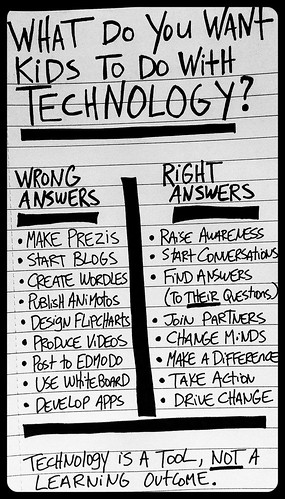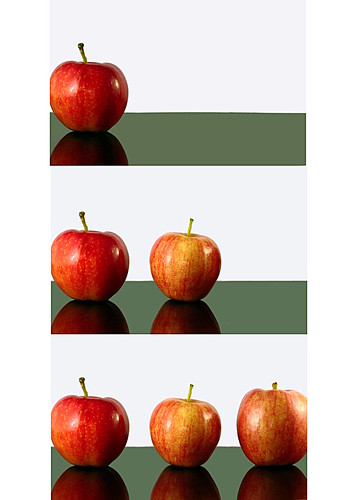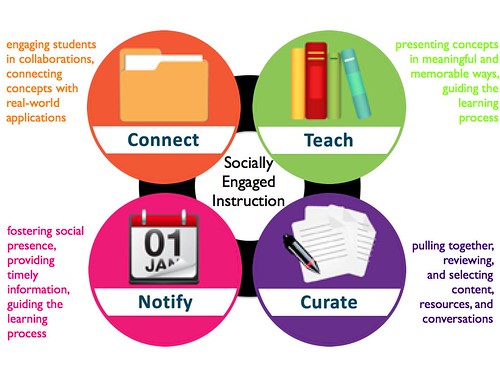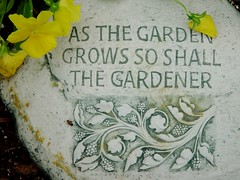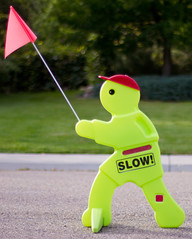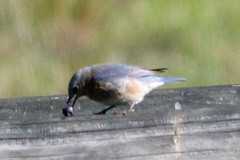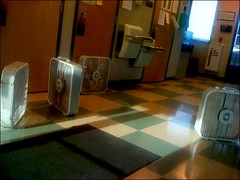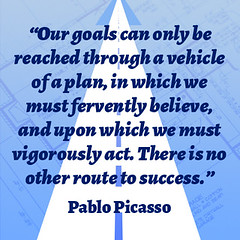What would you do (as an educator) if you weren't afraid?
In an earlier post, I mentioned that while I am an energetic and confident presenter when I'm teaching my own students, I often suffer from stage fright whenever I am being evaluated. Giving interviews, or teaching "sample lessons" as part of an interview process, also fills me with anxiety. Susan Cain, the author of Quiet, does a fantastic job explaining that while introverts like me may not immediately inspire confidence in others in these types of high-pressure situations, our aversion to public performances is not a fair indicator of the skills and talents that we have to offer. While I wish more interview committees were aware of this reality, I know that I need to continue to work on overcoming this fear.
Having said that, there are a couple of things that I would do as an educator if I weren't afraid.
1. Stand up to share a Google tip during a demo-slam at VT Fest 2014.
2. Submit a plan for, and then teach, a workshop on copyright/ Creative Commons through CVEDCVT.
It may not happen over night, but I am confident that I can overcome this.
It may not happen over night, but I am confident that I can overcome this.




